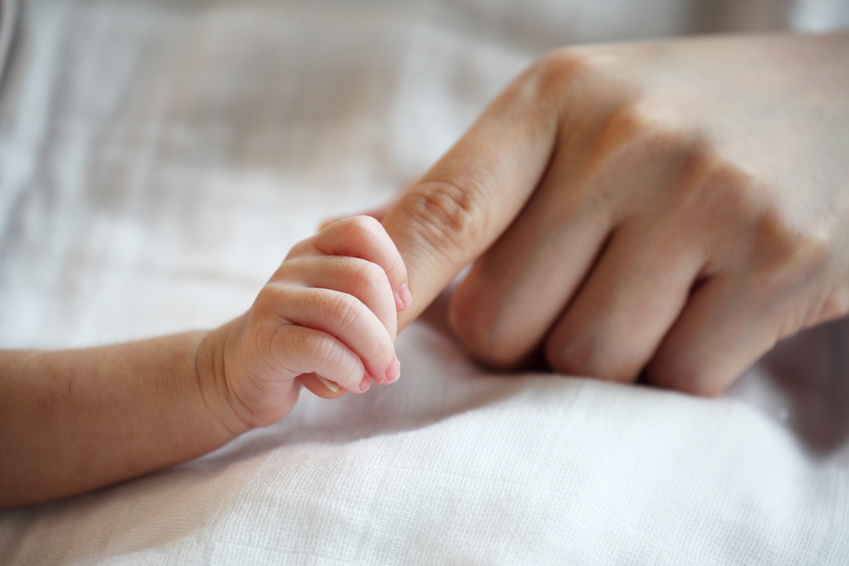You’ve a member of staff on maternity leave or shared parental leave. They can, by agreement, return to work for a number of days as a way of keeping in touch. But what are the details?
Keeping in touch days can be a valuable tool for employers and employees. It can help some employees feel connected with and relevant to their workplace, staying up to date with the things they’ll need to know one they are back it work. It can also help smooth the transition between maternity/parental leave and work.
For employers, it can, at the very least, be a valuable way of maintaining contact during maternity leave. It’s also a way of enabling an essential individual to be present at a meeting or presentation without losing their maternity entitlement. Here’s how it works.
KIT and SPLIT
Keeping in touch (KIT) or shared parental in touch (SPLIT) days can apply to anyone on maternity or shared parental leave. An employee can work 10 days during their maternity leave (or 20 days during shared parental leave, split between both partners) without losing any maternity or parental benefits.
Which days?
Any day of a period of maternity/parental leave could be a KIT/SPLIT day, with the exception of the 2 weeks of compulsory maternity leave just prior to birth. Days do not have to be consecutive and can be split in any way that’s acceptable to employer/employee.
Are keeping in touch days a right?
No. As an employer you don’t have to approve requests for KIT or SPLIT days. Equally, an employee doesn’t have to agree to your request to take a KIT/SPLIT day.
Can you have half/part KIT/SPLIT days?
No. If KIT days form part of your payroll processing be aware that, whether the employee popped in for a two-hour meeting or worked the full day, it all counts as one KIT day.
What is ‘work’ for the purposes of KIT/SPLIT days?
A slightly grey area this, but it seems to come down to what is agreed. Because no employee can take a KIT/SPLIT day without mutual agreement, it’s important to establish the extent of any KIT day, and confirm between you whether what is agreed constitutes ‘work’.
As a general rule of thumb, the occasional call from employer to employee to check on wellbeing would not constitute a KIT/SPLIT day. Nor would the employee visiting work to have lunch with friends and/or show off baby.
Where such a visit included work, or where calls to the employee are more frequent and tend to wander into areas of work, it may well be reasonable for the employee to request a KIT day.
Pay and duties
A KIT/SPLIT day might include any of the duties you might reasonably expect an employee to normally carry out, subject to any reasonable adjustments required as a result of pregnancy or recovery.
Although the regulations don’t stipulate pay details, most employers will usually offer pay at the employee’s usual rate so payroll should be processed accordingly. You can offset SMP/SAP against pay.
What happens if you breach the 10 days?
Once an employee works more than 10 KIT/SPLIT days, they will lose a weeks’ SMP/SAP for any work they do, even if it’s only a day. Continue working and the maternity leave will be treated as having been brought to an end.
Need help adding KIT/SPLIT days to your payroll? Ask us for help here.

